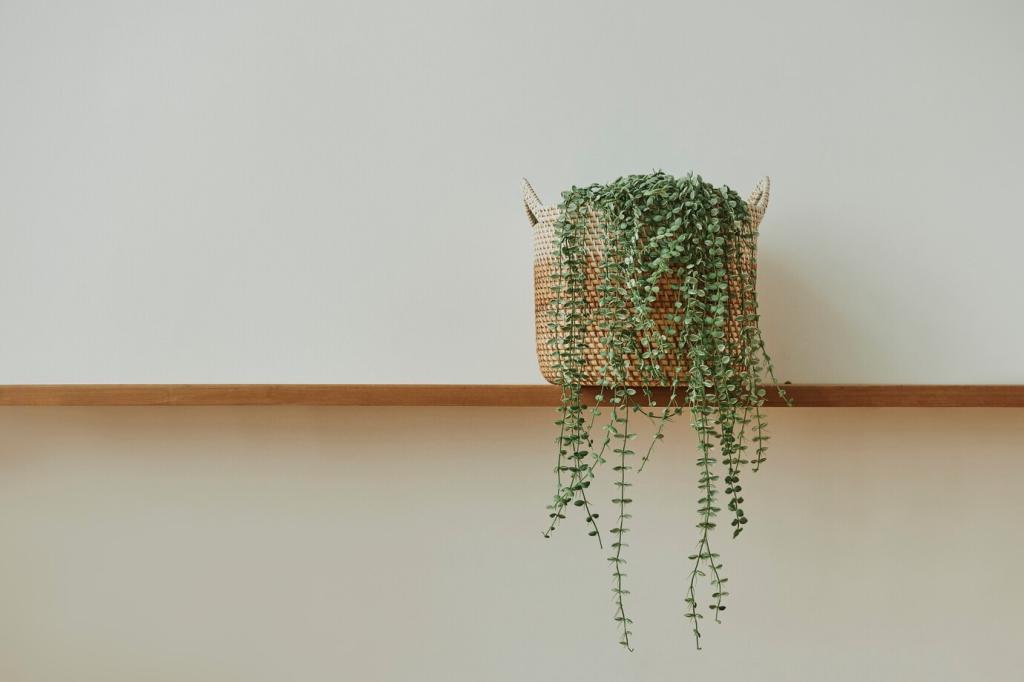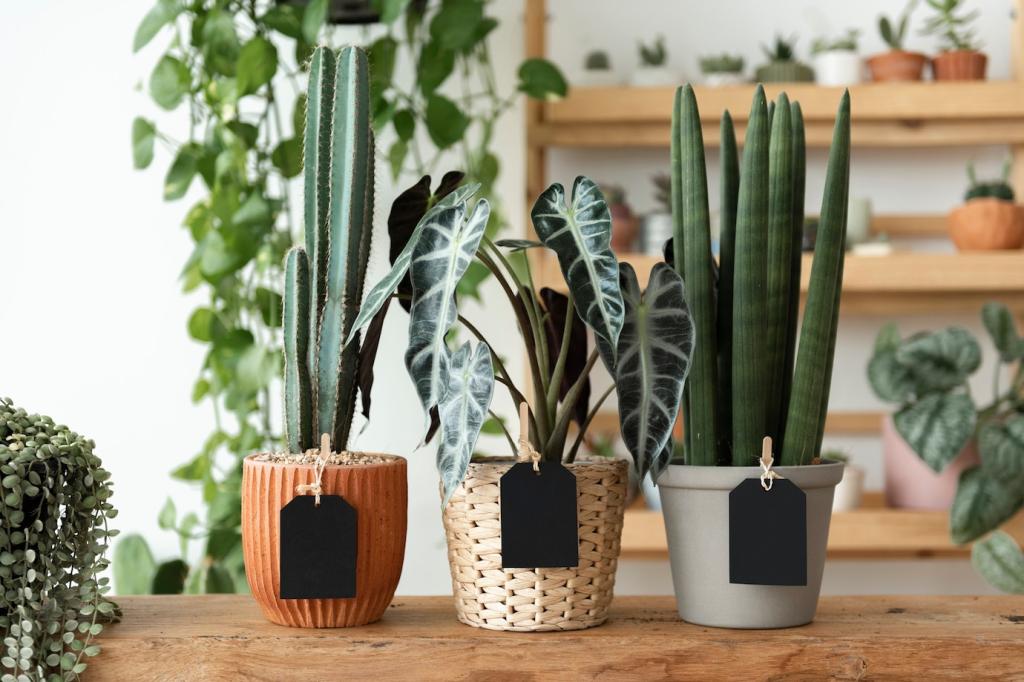Bio‑Based Finishes and Acoustic Innovation
Linseed, walnut, and citrus‑derived solvents help finishes penetrate and protect wood with a soft glow. These alternatives reduce petrochemical reliance and create a gentle aroma during application. Readers report easier cleanup and fewer irritations. Have you tried a plant‑oil finish on cutting boards or shelves? Tell us how it aged over time.
Bio‑Based Finishes and Acoustic Innovation
Mycelium, the root network of fungi, grows into lightweight acoustic panels using agricultural waste as feedstock. The result: gentle sound absorption, tactile interest, and compostable end‑of‑life. Their organic contours turn echoey rooms into calm, creative zones. Would you try mycelium above a desk nook or in a podcast corner?







